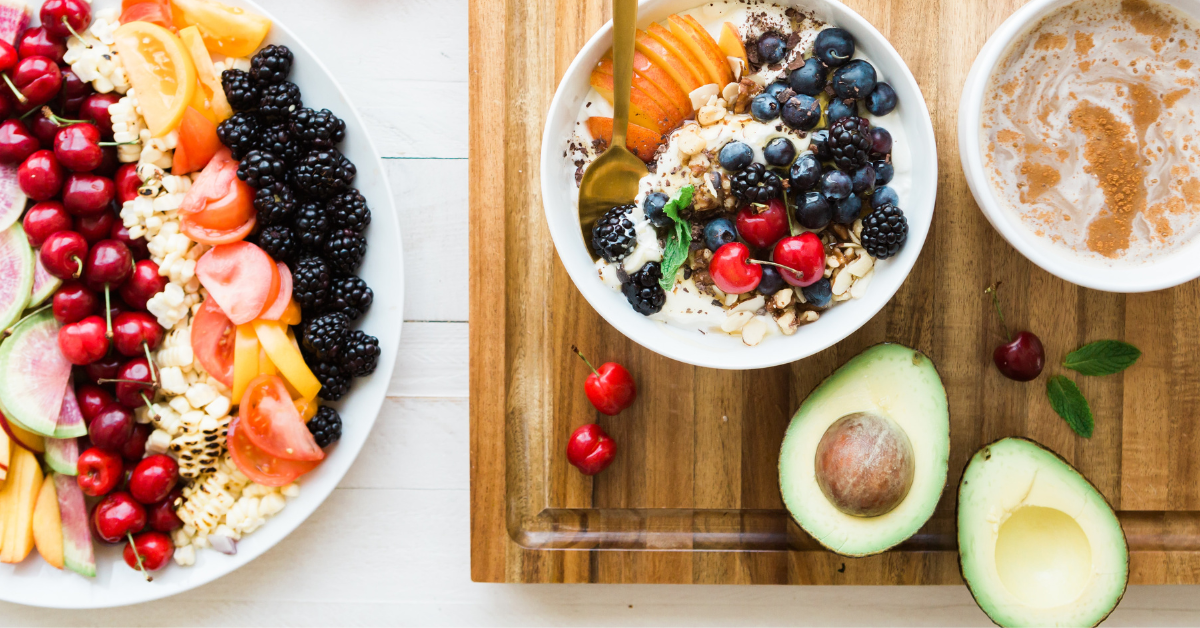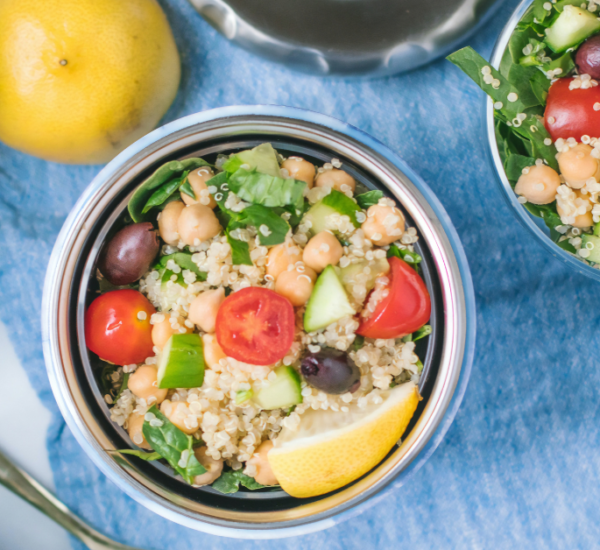Many people can fall into a pattern of choosing convenience and fast food when they are cooking for one. This is because the thought of preparing single serves of food can seem very unappealing, time consuming and wasteful. With this in mind, it can be daunting to consider preparing a full week’s worth of meals on a single-person budget. But we’ve got a few tips on how to prepare creative and healthy meals for one, while being mindful of waste and not sacrificing variety.
Schedule
Plan ahead and have your meals thought out for each day of the week. Have your shopping list ready and aim to not divert from this with other temptations.
Set Cooking Days
Try to set out some time 2 days a week to cook, and don’t let anything else become a priority just for those couple of hours each day.
Organise Your Pantry
Go through your pantry items and bring all of the upcoming expiration dates forward, while sectioning your ingredients based on the meal they’ll be going into. Clear out the expired food and ones that you won’t ever use. Please don’t waste these! Instead, you can donate to a neighbour, a family member or friend, or deliver them to your local food bank (if they meet the criteria).
Measure and Portion
Correctly weigh/measure and portion out your food after you have prepared it. Store what you need for the upcoming day or so and freeze the rest if possible.
Storing and Labeling
Invest in good quality containers and perhaps consider a colour coding/labeling system with guides to the types of foods in them and dates such as; date prepared, day intended for and use by.
Homemade Basics
Make your own sauces, seasonings and dips to create multiple dishes from extra chopped up ingredients, left overs or even pantry items that otherwise might not get used.
Freezing
Cooking in batches and popping full meals in the freezer to use in the near future can save heaps of time. Chopping up individual ingredients and freezing them separately can be handy for when cooking only one meal – such as carrots, capsicum, snow peas, potato – the lis is really endless when you’re dealing with veges in particular. Pulling out only a small portion needed for that meal reduces waste and saves time with cooking too.
Leftovers
Use leftovers to serve up for lunch or dinner the following day, or create another dish entirely from those prepared ingredients. A big frittata is a one pan wonder for multiple serves from extras! See this recipe.
Repurposing
For foods that are towards the end of their best before, try converting these into something else.
Examples include,
Bread – croutons
Veggies – soups, dips and sauces
Pickling – great for gut health! ( kimchi is amazing! )
Fruit – frozen desserts or soft baked fruit
Carcasses – bone broth
Share the Love
Team up with a buddy and share your culinary delights! There are loads of options for this – from meal swaps to ingredient swaps to growing your own produce and sharing that between yourselves. We’re physically isolating in our homes, but that doesn’t mean we can’t leave a package by the front door or hand a bag over the fence (just be sure to wash everything down thoroughly.)
Keep a journal
Keep track of what you are buying, what you are cooking and what you are throwing away each week. This will give you a better idea as to what you could do to keep your waste down, and, of course, a sense of satisfaction that you cooked and enjoyed those healthy meals!
For more healthy meals, cooking inspiration and nutrition advice, visit our homepage here!














